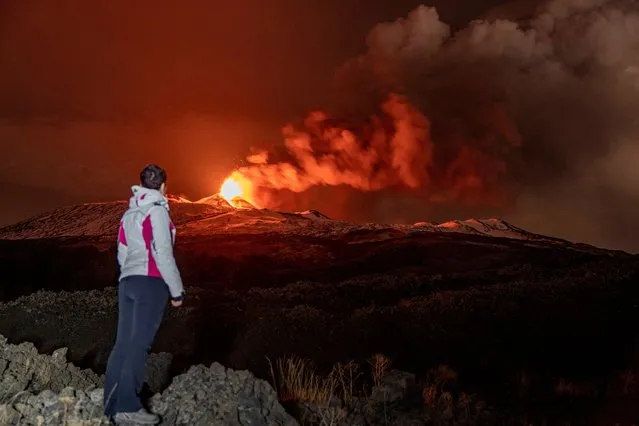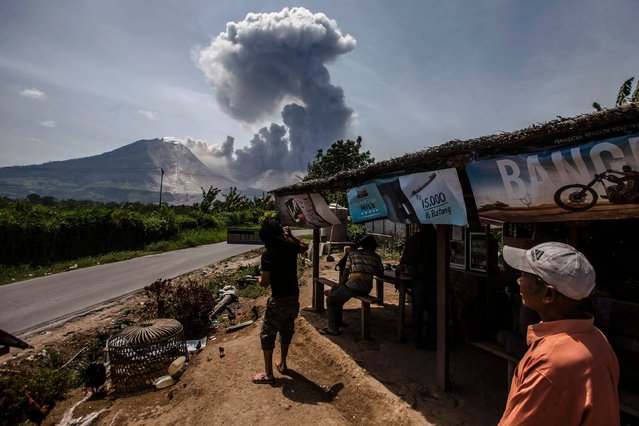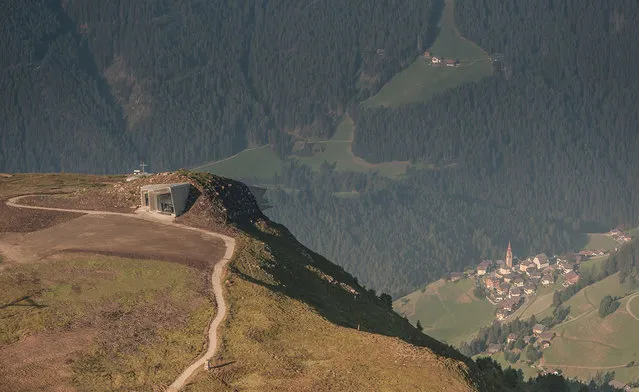
A man photographs “Mount Recyclemore”, an artwork depicting the G7 leaders looking towards Carbis Bay, made from electronic waste by Joe Rush and Alex Wreckage, ahead of the G7 summit, at Hayle Towans in Cornwall, Britain, June 8, 2021. (Photo by Tom Nicholson/Reuters)
09 Jun 2021 10:45:00,post received
0 comments







